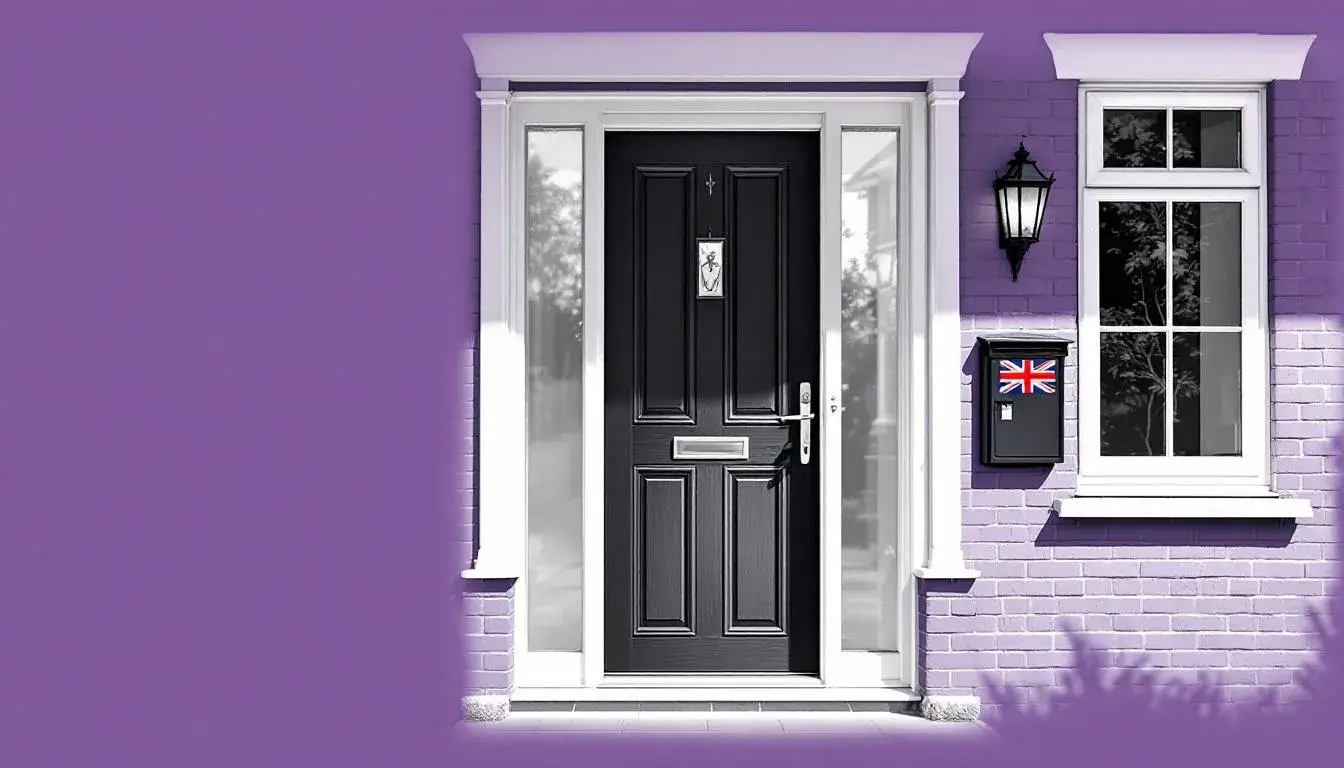
How to finance aesthetics training

Smart ways to pay for UK aesthetics training
Understanding APR is not just percentages - it is what you will really pay.
Aesthetics training in the UK spans short workshops through to Level 7 Diplomas. The right funding route depends on your budget, timeline, and career goals. This guide walks you through realistic costs, common financing options, what to check before you sign anything, and how to choose a course that holds its value in the job market.
Who this is for
You are a UK-based prospective trainee looking at Botox, dermal fillers, skin boosters, or wider cosmetic procedures and you want the numbers to stack up. Maybe you are a nurse or pharmacist upskilling, a beauty therapist moving into injectables, or a career changer starting from scratch. You have seen courses advertised from a few hundred pounds to five figures and the choice feels overwhelming. You want to understand which qualifications carry weight, what they cost in the real world, how payment plans work, and where finance fits sensibly into your budget. This piece is written to help you compare options in plain English and avoid costly missteps, so you can invest confidently in training that leads to credible, safe practice in the UK market.
The simple idea in plain English
Financing aesthetics training means matching the course you need with a payment method you can afford. UK course fees vary widely - from around £395 plus VAT for half-day compliance or safety modules to more than £11,000 for comprehensive practitioner certifications. Entry-level pathways under £1,000 exist, including promotions around £799, while advanced Ofqual-regulated Level 7 Diplomas typically sit near £7,500 plus VAT. Providers often bundle modules, offer combined Botox and filler packages, or give payment plans to spread costs. Your job is to balance three things: course quality and recognition, total price including VAT and materials, and the cost of finance over time. Do that, and you will move from uncertainty to a clear, affordable plan.
Why the money question matters
Prices vary sharply by level and format. A half-day safety module might be £395 plus VAT, while a complete aesthetic practitioner track can top £11,000 including VAT. Knowing the range stops you overpaying for content you do not need.
Recognition is not equal. Level 7 Diplomas and Ofqual-regulated, JCCP-recognised routes cost more, often around £7,500 plus VAT, but carry greater long-term credibility with insurers and employers.
Flexible packages and payment plans can lower the barrier to entry and help cash flow, particularly if you are building skills step by step.
The market is growing and resilient by European and UK measures. That supports sensible investment in training that leads to real client demand.
Providers are using efficient digital marketing - think Google Ads at low cost-per-click around £0.54 - to keep enrolments strong and pricing competitive. That can work in your favour.
A clear funding plan means you focus on competence and safety rather than worrying about the next instalment.
How the funding journey works
Map your end goal
If you want to offer injectables independently, aim for recognised pathways. A Level 7 Diploma is longer and pricier but enhances credibility for insurance and clinical governance.
If you are testing the waters, a sub-£1,000 entry course or a 2-day combined Botox and fillers package may be a smarter first step.
Price the real total
Include VAT, consumables, insurance while training, models, travel, and potential retakes.
Check whether mentoring, supervised cases, and assessment fees are included. They often are not in headline prices.
Compare course types
| Course type | Typical cost (GB) | Duration | Accreditation or recognition |
|---|---|---|---|
| Half-day safety or compliance module | ~£395 + VAT | Half day | UK safety and regulation focus |
| Entry-level aesthetics pathway | £799-£1,000 | 2-3 days | Introductory, provider-issued |
| In-house or bespoke training | £500-£3,500 | 1-3 days | Varies by provider |
| Combined Botox + fillers package | Discounted vs separate | 2 days | Provider-issued certificates |
| Level 7 Diploma in Aesthetic Practice | ~£7,500 + VAT | Months | Ofqual-regulated, JCCP-recognised |
| Complete practitioner certification | £8,000-£11,000+ inc. VAT | Weeks to months | Multi-module provider certification |
Choose a payment approach
Provider instalment plan - spreads cost, often interest-free for short terms. Check admin fees and what happens if you miss a payment.
Personal loan - fixed monthly payments and terms. Compare APRs, early repayment fees, and total cost of credit.
0 percent purchase credit card - if you can clear the balance within the promo window. Factor any fee and revert rate.
Savings plus partial finance - reduce interest by paying a larger deposit.
Employer sponsorship or CPD budgets - more common for clinical professionals.
Run the affordability test
Add course total, materials, travel, and potential unpaid days off work.
Stress-test your budget: could you still pay if client work starts slower than expected?
Build a 3-month safety buffer before large commitments.
Validate quality and safety
Look for Ofqual regulation and JCCP alignment for advanced practice.
Ensure supervised clinical practice is included, not just classroom theory.
Confirm insurer acceptance of the specific certificate you will receive.
Plan your revenue ramp
Price initial services conservatively while building case logs.
Reinvest early income into marketing and consumables.
Track bookings and conversion - a basic Google Ads or social strategy can keep your calendar filled at low cost per lead.
Key takeaway: Choose the minimum viable course that meets your next milestone, finance it at the lowest total cost, and keep cash flow predictable.
Read this before you commit
Accreditation matters: Advanced practice without recognised standards can limit insurance and clinic opportunities. Level 7 or Ofqual-regulated routes cost more but can open doors.
Package value vs. quality: Bundles can be cheaper than buying modules separately, but only if all components are genuinely useful for your pathway.
Terms and conditions: With any finance or instalment plan, read the small print on fees, missed payments, and cancellation rights. Check cooling-off periods.
VAT clarity: Confirm whether prices are quoted inclusive or exclusive of VAT. Many headline prices exclude VAT.
Practicals and models: Ask how many supervised cases you will complete and whether models are provided. Real patient time is crucial.
Location costs: Travel, accommodation, and time off work quickly add to the bill - budget them upfront.
Exit options: If you need to pause or defer, understand how far you can progress with partial completion and whether credits transfer.
Standout reminder: The cheapest course is not always the best value - the best value is the course that gets you safely practising with insurable skills.
Jargon buster - what the terms mean
Ofqual-regulated: Approved by England’s qualifications regulator. Signals vetted standards and assessment.
JCCP: The Joint Council for Cosmetic Practitioners - sets UK benchmarks for safe aesthetic practice.
Level 7 Diploma: Postgraduate-level qualification in aesthetic practice with theory, clinical practice, and assessment.
Instalment plan: You pay the provider in stages. May include admin fees. Not the same as regulated consumer credit.
APR: Annual Percentage Rate - the true yearly cost of borrowing including interest and certain fees.
CPC: Cost per click - an ad pricing metric. Lower CPC can help providers keep course prices competitive.
Indemnity insurance: Professional cover required to practise. Check your certificate is accepted by insurers.
Combined package: Course that bundles multiple skills, such as 2-day Botox and fillers, often at a discount.
Upsides and trade-offs
Pros
Multiple price points - from £395 modules to >£11,000 certifications - to suit most budgets.
Entry routes under £1,000 reduce risk while you test the fit.
Recognised Level 7 options can strengthen employability and insurer acceptance.
Provider instalments and packages can improve cash flow.
Growing UK demand for aesthetic services supports long-term prospects.
Cons
Advanced, accredited routes require larger upfront or financed commitments.
Not all certificates are equally recognised by insurers.
Travel, consumables, and time off can inflate the real cost.
Finance costs add up if you carry balances beyond promo periods.
Rule of thumb: Finance only what advances your next revenue milestone and keep repayments within a conservative monthly budget.
Other paths to fund or learn
Save-then-train: Delay by 3-6 months and self-fund a higher quality course. Zero interest and stronger cash position.
Employer or clinic sponsorship: Hospitals, pharmacies, or clinics may co-fund training that benefits the service. Expect commitment terms.
Split the journey: Start with an under-£1,000 foundation, then upgrade to Level 7 once revenue begins.
Peer practice groups: Supplement formal training with supervised practice communities to improve skills per pound spent.
Grants and CPD allowances: Limited, but worth checking with professional bodies or unions for small CPD pots.
Alternative finance: Personal loans, 0 percent cards, or brokered retail finance. Always compare total cost, not just the monthly figure.
Finance options compared
| Option | Typical APR or fees | Best for | Key risks |
|---|---|---|---|
| Provider instalments | Often 0 percent short term | Predictable cash flow | Admin fees, limited flexibility |
| Personal loan | Fixed APR, depends on credit | Larger courses over time | Interest cost, early repayment fees |
| 0 percent purchase card | 0 percent during promo | Short courses repaid quickly | Revert rate if balance remains |
| Savings + part finance | Zero on savings portion | Reduces interest paid | Lowers emergency buffer |
Quick answers to common questions
What is the cheapest credible start? Entry courses under £1,000, sometimes around £799, can provide a foundation. Pair with safety modules around £395 plus VAT.
How much is Level 7? Around £7,500 plus VAT, completed over several months with blended learning and supervised cases.
Are combined Botox and filler courses worth it? They can be cost-effective if both skills suit your plan. Check insurer acceptance and supervised practice volume.
Will I get patients quickly enough to repay finance? Build a conservative forecast and a 3-month buffer. Use low-cost digital marketing to start generating leads.
Do all providers accept instalments? Many do, but terms vary. Confirm fees, schedules, and what happens if you defer.
Can non-medics train? Some entry courses accept non-medical backgrounds, but insurer and clinic acceptance differs. Check pathways before committing.
What else increases total cost? Travel, accommodation, consumables, model fees, retakes, and time off work.
Does accreditation really matter? For advanced injectables, yes. Ofqual-regulated and JCCP-recognised routes improve credibility and insurance options.
Ready to take the next step
Shortlist three UK providers that match your pathway and budget.
Request a written breakdown of tuition, VAT, mentoring, and assessment.
Compare instalments, brokered finance, and personal loan APRs by total cost.
Sense-check insurer acceptance of the exact certificates offered.
If you want transparent finance options for UK aesthetics training, explore brokered retail finance and personal loans that fit your monthly budget and credit profile. Check your eligibility with a soft search where available and only borrow what you can comfortably afford.
Buy now, pay monthly
Buy now, pay monthly
Some of our incredible partners
Our partners have consistently achieved outstanding results. The numbers speak volumes. Be one of them!


KONTENTA.COM LIMITED

SNS CARAVANS & LEISURE HOMES









